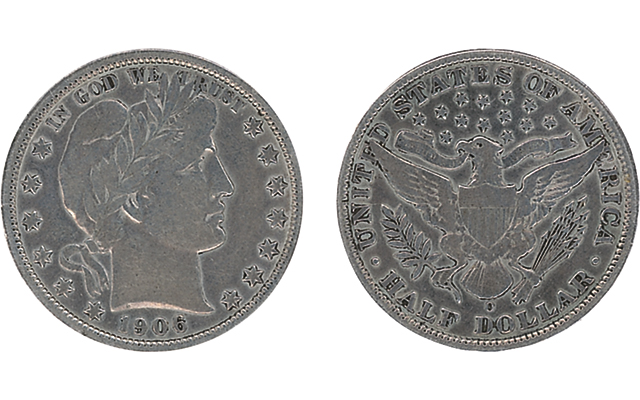The story of a Titanic victim’s half dollar refers to a poignant piece of history involving a coin recovered from the body of a passenger who perished when the RMS Titanic sank on April 15, 1912. This coin, often a U.S. Barber half dollar, serves as a tangible connection to the tragic event.
Historical Context
- Titanic Sinking: The RMS Titanic sank on its maiden voyage from Southampton to New York City after striking an iceberg. Over 1,500 passengers and crew members lost their lives in the disaster.
- Coins and Personal Effects: When the bodies of victims were recovered, various personal items, including coins, were often found with them. These items help tell the personal stories of those who were aboard the ship.
Specifics of the Half Dollar
- Coin Type: Often, the coin in question is a Barber half dollar, a common U.S. coin at the time. The Barber half dollar was minted from 1892 to 1915.
- Significance: Such a coin, recovered from a Titanic victim, gains historical significance due to its association with the disaster. It is valued not only for its numismatic worth but also for its historical and emotional connection to the event.
Notable Examples
- Auction and Sale: There have been instances where coins recovered from Titanic victims have been auctioned or sold, often accompanied by documentation or provenance proving their origin. These coins typically fetch a higher price due to their historical significance.
- Provenance: Authenticity and provenance are crucial. A coin without proper documentation linking it to the Titanic may not hold the same historical value.
Collecting and Value
- Value: The value of a Titanic-related half dollar can vary greatly. While a typical Barber half dollar might range from $20 to several hundred dollars depending on condition, one associated with the Titanic can command prices from a few thousand to tens of thousands of dollars.
- Authentication: Coins with a direct connection to Titanic victims often come with certificates of authenticity and detailed provenance. This might include records from the recovery operation, previous ownership details, and auction house certificates.
A half dollar recovered from a Titanic victim is more than just a piece of currency; it is a significant historical artifact that offers a glimpse into the lives affected by one of the most famous maritime disasters in history. Collectors and historians highly value such coins for their tangible connection to this tragic event, and proper authentication and documentation are essential to establishing their historical and monetary value.
